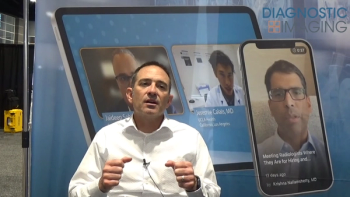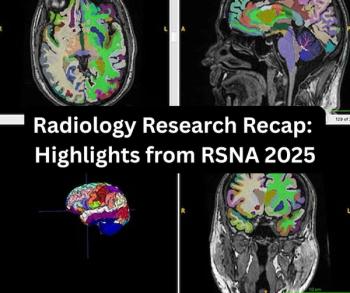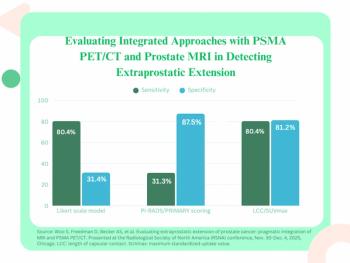
Kodak and GE elevate CAD to new business level
Computer-aided detection may be crossing the line from potential to proven value, not only in the clinical realm but in business as well. GE Medical Systems and Kodak Health Imaging are giving this clinical tool unprecedented visibility within their
Computer-aided detection may be crossing the line from potential to proven value, not only in the clinical realm but in business as well. GE Medical Systems and Kodak Health Imaging are giving this clinical tool unprecedented visibility within their organizations. Both have hatched business plans that emphasize the integration of CAD tools into products. GE has even designated a CAD business manager.
“We’re looking at CAD technology across the business,” said Samantha Allison, general manager for women’s healthcare business at GE Medical Systems. “We see a wealth of opportunity there.”
Development work is focused on digital mammography and CAD applications for breast cancer. But that’s just the beginning, according to Allison.
“What comes next is where the opportunity lies: 3-D mammography, contrast-media mammography, pathology-based processing, and fusion with other modalities, she said.”
At Kodak Health Imaging, engineers have been working on CAD applications to help detect lung nodules using digital radiography. The work is defined by Kodak’s increasing emphasis on applications in “information imaging,” such as products that combine imaging and information technology to yield better data management, said Aaron Waitz, chief systems architect for the company.
“Information imaging is a market space where images, information, and the infrastructure that ties them all together are combined,” Waitz said.
CAD fits that concept well, said Ted Taccardi, digital product manager for Kodak. He describes what the company is doing as identifying additional information and making it more obvious to the radiologist.
“We’re trying to help the user get more value out of images through the incremental information that CAD provides,” he said.
Working with R2 Technologies of Los Altos, CA, Kodak is aggressively developing ways to use CAD with its CR and DR systems.
“Where CAD really comes into play and has high value is in screening, where fatigue on the part of the interpreter could be an issue,” Taccardi said. “That’s why both breast cancer and lung nodule fields are good application areas for CAD.”
In addition to specific clinical applications for CAD, the technology could also be applied to image “data mining.” Sophisticated algorithms work in the background, while an image is being interpreted so as to alert radiologists to additional findings that could be relevant.
“This a real opportunity for CAD,” said Jimmy Roehrig, Ph.D., chief science officer at R2 Technologies. “One of the reasons humans miss things is because they’re not looking for them.”
Ultimately, Roehrig said, the CAD model applied to mammography is applicable to a broad range of clinical environments and modalities.
“Any imaging application in which information overload is an issue is potentially an application for CAD,” he said. “If you analyze the information in an image, in the context of a practice where physicians have to review a large number of images very quickly, that’s an environment where a computer can help.”
GE’s Allison concurs.
“CAD flows across the imaging world,” she said. “It doesn’t matter whether it’s in conjunction with MR business, CT, ultrasound, or digital x-ray. It’s really about how you utilize software algorithms to assess the massive quantity of information that’s available in a digital image. That translates across the business.”
Newsletter
Stay at the forefront of radiology with the Diagnostic Imaging newsletter, delivering the latest news, clinical insights, and imaging advancements for today’s radiologists.




























